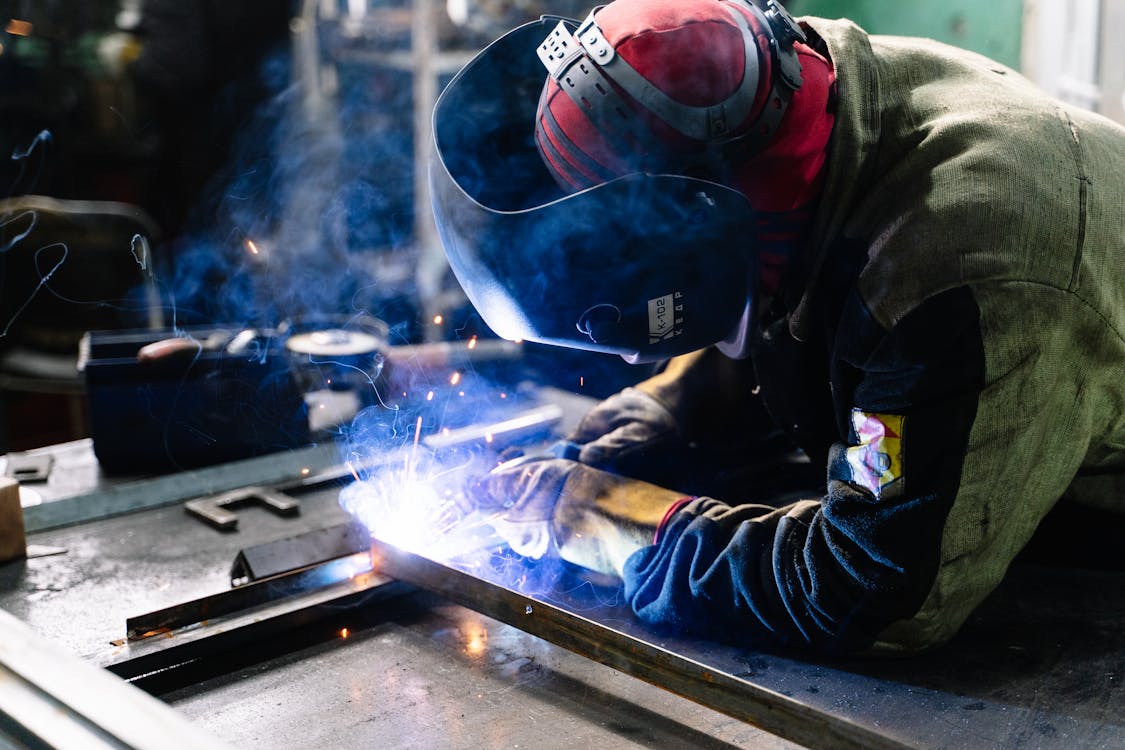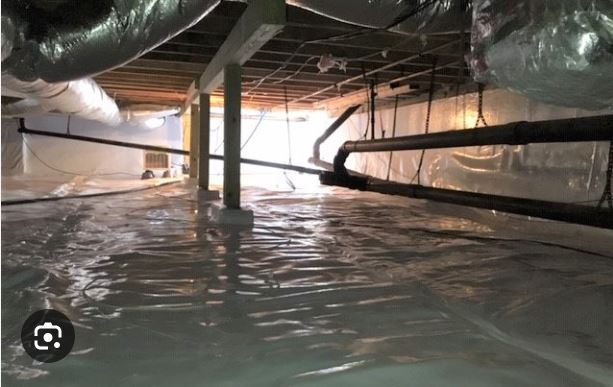
Working in metal industries involves intense heat and potential exposure to hazardous flames and sparks. The extreme conditions in metalworking make high-quality protective gear essential for worker safety.
Without the right equipment, metalworkers face serious risks like burns, heat exhaustion, and injury. Flame-resistant jackets, gloves, and helmets all serve to shield against these dangers.
One reliable choice in protective gear is the Black Stallion welding jacket, known for its durability and heat resistance. Investing in quality protective wear isn’t just smart; it can truly save lives in the metalworking industry.
Protecting Skin from Severe Burns and Injuries
NIH notes that burns are among the most common injuries metalworkers face when working with hot materials. Sparks, flames, and molten metal can cause serious burns that impact both the outer epidermis and deeper dermis layers. Approximately 86% of burns result from thermal injuries, while 4% are electrical and 3% chemical-based.
This highlights the critical need for proper protection against heat and other burn hazards. Protective gloves and aprons help reduce the risk of painful burns.
Flame-resistant materials in protective clothing are designed to block direct heat and spatter. Metalworkers should ensure their hands and forearms are fully covered by heat-resistant gloves. Face shields and other protection add layers of safety for areas close to heat sources.
The Role of Protective Jackets
According to Welding Supplies from IOC, protective jackets are essential for shielding metalworkers from burns and heat exposure during work. The Black Stallion welding jacket is a prime example of durable gear designed to withstand high-heat environments. Constructed with flame-resistant materials, it provides an additional barrier to prevent direct contact with sparks and molten metal.
Employers in the welding and fabrication industries must supply protective gear, such as welding jackets, to safeguard their workers. Investing in protective jackets ensures the safety of workers and helps reduce the risk of costly injuries and accidents.
Health & Safety International states that safety standards like EN ISO 11612:2015 set minimum requirements for flame-resistant clothing. EN ISO 11612:2015 specifies essential features like garment fit, design, and material durability for protection. It also includes tests for heat resistance, flame spread, and molten metal impact to meet safety standards.
What other features should be considered when choosing a protective jacket?
When selecting a protective jacket, consider factors like fit, durability, and flame resistance. Jackets should be made from materials that can withstand extreme temperatures and heavy exposure to sparks. Proper fit ensures comfort and maximum protection during work tasks.
Reducing the Risks of Heat-Related Illnesses
Working with metal often means exposure to extreme temperatures, leading to potential heat-related illnesses.
As per the CDC, heat-related illnesses vary from heat stroke to heat rash, each requiring different types of care. Heat stroke is severe, causing permanent damage or death if untreated, while heat exhaustion follows dehydration. Conditions like heat syncope, cramps, and rhabdomyolysis also pose serious risks and need immediate attention or care.
Heat-resistant gear, such as insulated gloves and hoods, helps regulate body temperature. This protection reduces the risk of heat exhaustion and heatstroke in high-temperature environments.
Proper ventilation and breathable fabrics in protective gear further help prevent overheating. Wearing protective headgear shields workers from radiant heat affecting the head and neck. Investing in breathable and durable protective wear ensures metalworkers stay cooler and safer.
Additionally, safety glasses with corrective lenses are equally essential for workers who need vision correction. These specialized glasses are designed not only to provide clear vision but also to protect against heat, flying debris, and molten metal. Since they are designed for high-risk environments, they prevent potential eye strain from excessive glare and help maintain focus in intense heat, ensuring both eye safety and comfort.
Can heat-related illnesses be fatal if not treated promptly?
Yes, severe heat-related illnesses like heat stroke can cause permanent damage or even death if untreated. Heat stroke requires immediate medical attention to prevent long-term health consequences. Early recognition and treatment are crucial to avoid fatal outcomes.
Enhanced Visibility and Protection from Sparks
Sparks are common in tasks like cutting, grinding, and welding, posing significant risks.
FSJA mentions that one key standard, NFPA 51B, outlines safety guidelines for preventing fires during hot work operations. Understanding this standard is vital for ensuring proper clearance of combustibles and protective practices in operations. Hot work tasks like soldering, brazing, and grinding are also covered under these important safety guidelines.
To enhance safety, consider the following protective gear:
- High-visibility wear: Improves safety, especially in low-light environments where sparks are prevalent.
- Safety goggles and face shields: Protect the eyes and face from flying debris and hot particles.
- Flame-resistant gloves and aprons: Shield the skin from direct exposure to sparks and molten metal.
- Reflective materials: Boost visibility, ensuring workers remain alert and aware of their surroundings.
Additionally, spark-resistant gloves are essential for protecting hands from sudden sparks and spatter. Proper protective gear helps minimize injuries and keeps workers safe in hazardous environments.
How does high-visibility wear contribute to worker safety?
High-visibility wear boosts safety by ensuring workers are seen in areas where sparks and flames are present. Reflective materials make metalworkers visible, reducing the risk of accidents in low-light or hazardous conditions. This protective gear enhances awareness, promoting a safer work environment for all involved.
Preventing Clothes From Igniting
Loose or flammable clothing poses significant risks in high-temperature metalworking environments. Flame-resistant gloves, face shields, and hoods help prevent injuries from unexpected sparks. Insulated and fire-resistant materials reduce the risk of clothes catching fire upon exposure to flames.
This added layer of protection is crucial in fast-paced work environments where dangers are unpredictable. Helmets and shields further enhance protection by covering areas that could come in contact with sparks. Prioritizing flame-resistant materials ensures safer environments for all metalworkers.
How does wearing insulated gear help prevent clothing ignition?
Insulated gear acts as a protective barrier between the worker and the heat, preventing clothing from catching fire. It helps reduce the direct exposure of clothing to extreme temperatures and molten metal. Wearing insulated gear is an effective way to keep clothes safe from ignition.
Metalworking is inherently dangerous due to heat, sparks, and other risks that can cause serious harm. Protective gear, including flame-resistant jackets, gloves, and high-visibility wear, is essential for ensuring worker safety.
Investing in quality equipment is not just a recommendation but a vital step in preventing injuries and accidents. Following safety standards and staying aware of potential hazards are crucial for a safer work environment. Prioritizing these precautions helps create a sustainable future for the metalworking industry.
Write and Win: Participate in Creative writing Contest & International Essay Contest and win fabulous prizes.


